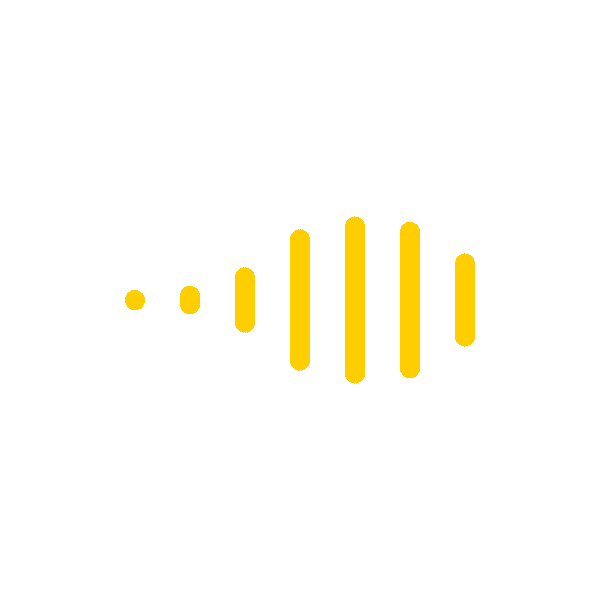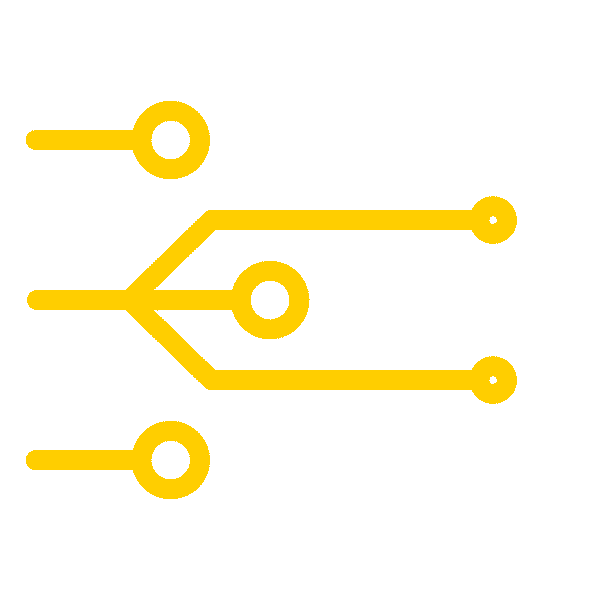Instructional Design
To align with our format, all of our discussion modules are constructed with a backwards design: we start with key learning outcomes and create the learning experience around them.
Breakout’s academic authors identify the concepts along with real-world scenarios that illustrate them. Our in-house instructional design team then builds engaging content that brings these scenarios to life. Our discussion modules are flexible, and we even have options for professors to build discussion modules out of their existing course material.











.gif?width=462&height=300&name=Peer-Led%20Discussion%20Groups%20(1).gif)





